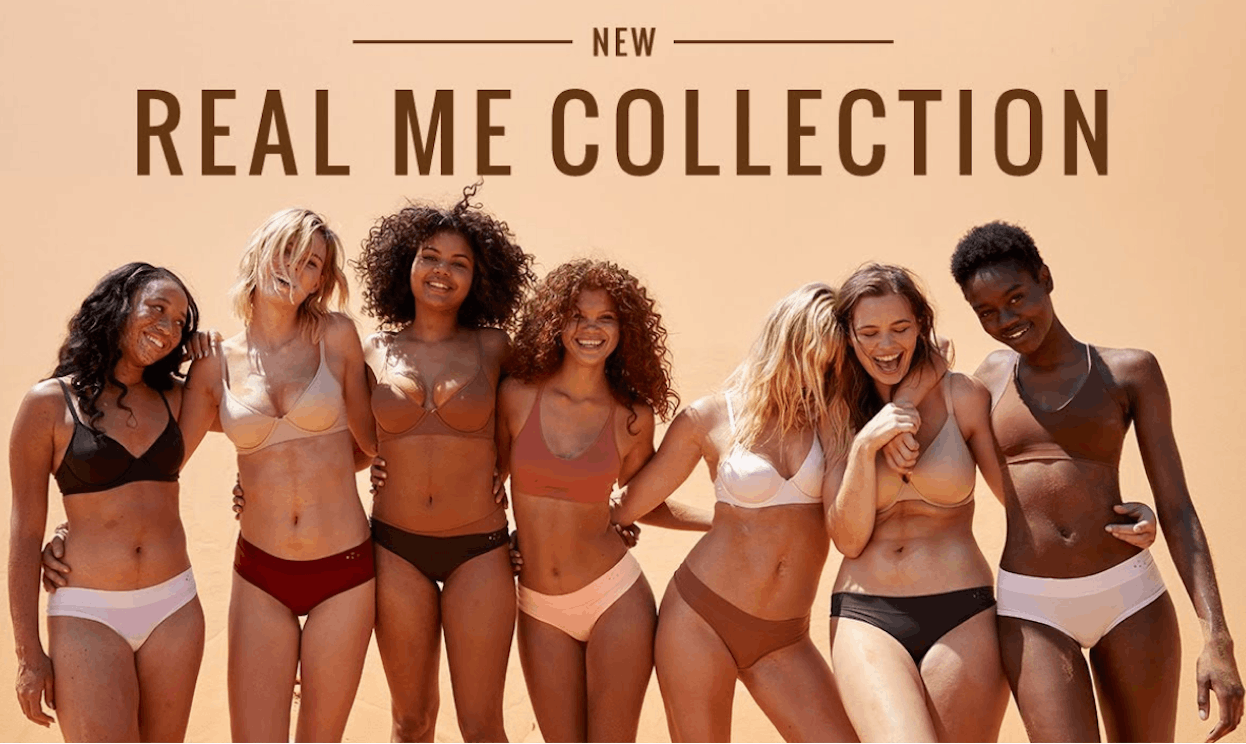Body type
The conversation around how bodies are portrayed in the media has gotten louder over the past two decades, and some brands have made major shifts toward more positive body-type representation. But we still have a ways to go in representing the full range of body types, especially if we hope to undo the harm that past negative depictions have done.
Insights & ideas
Body image is increasingly negative
Having a negative body image is a challenge shared by people around the world, regardless of gender. In the UK, over a third of adults say they’ve felt down about the way their bodies look, and one in eight report having had suicidal thoughts because of it.1 Many point to the unrealistic beauty standards endorsed by advertising and social media as reasons for their appearance anxiety. As marketers, it’s critical that we understand the role we play in defining so-called ideals and strive to represent the full range of body types without judging them.

Body-shaming comes in all shapes and sizes
Body-shaming—criticizing someone based on their body shape or size—doesn’t only happen to people who are perceived as overweight. People who are perceived as too thin, too physically fit, or even too confident can find themselves on the receiving end of this ugly trend. So be careful to avoid any kind of body-shaming in marketing, even under the guise of humor. People come in all shapes and sizes, and we all have the right to feel comfortable in our own skin.
Appearance versus health
The shift from “thinspiration” to “fitspiration” on social media isn’t as positive as it sounds. Imagery that depicts rail-thin models can be just as destructive as those that emphasize a lean, toned appearance. Meanwhile, the captions of these posts often skew toward guilt-inducing language focused on body image. Make sure your marketing creative doesn’t make your audience feel bad about their bodies, and avoid conflating appearance and health.

The rise of body neutrality
Originating in the US in the 1960s, the body-positivity movement gained traction with the rise of social media. The movement promotes unconditional love of one’s body as it is. Influencer marketing, however, has brought some controversy around “thin” influencers in the body-positivity sphere, stealing attention from those who are more marginalized because of their larger sizes.
Recently, there’s been a shift toward body neutrality. This movement is more about accepting your body than it is about loving it. It’s the difference between saying, “I feel good about myself, because I know I’m beautiful,” and saying, “How I feel about myself has nothing to do with my appearance.” Marketers can help lead the charge with creative that focuses on what a body can do or achieve rather than how it looks.
A judgment-free future
Marketing that features different body types gets a lot of attention these days, often by design. In real life, it’s pretty common for people’s bodies to come in a wide array of shapes and sizes. Once judgment-free, body-type diversity becomes standard practice in marketing, the focus will finally shift to where it belongs—on the people themselves, rather than the size they wear.
- Mental Health Foundation, “Body Image:
How we think and feel about our bodies ,” Mental Health Foundation. May 13, 2019.



